Understanding West Papua Province… The remarkable landmass of New Guinea is the largest tropical island in the world. And second only to Greenland as the largest island that is not a continent.
It is located to the north of Australia and just below the equator. Which puts it right on the southern rim of the “Ring of Fire” – the belt of volcanoes and tectonic plates that runs around the edge of the vast Pacific Ocean.

New Guinea island has been divided in to two roughly equal halves by a mixture of legacy colonialism and cold-war geopolitics. With the eastern part forming the “mainland” of the independent country of Papua New Guinea (PNG).
While the western half became part of Indonesia in 1969. And was known initially as Irian Barat (West Irian) and then Irian Jaya (Glorious Irian). But it is now generally known as West Papua.
Understanding West Papua – Biodiversity!
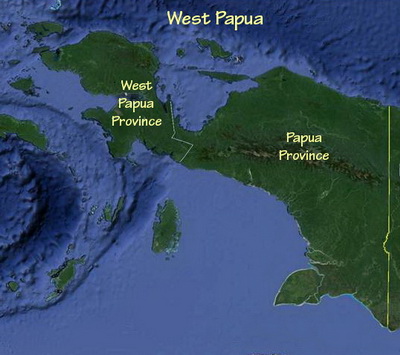
Despite its huge size, the overall area of New Guinea occupies less than half of 1% of the earth’s surface. But resident on the island, and in the waters around it, are roughly 10% of the planet’s species. Basically New Guinea is a storehouse of biodiversity!
West Papua occupies an area of 420,540 km2, which is nearly 22% of Indonesia’s total land area. And it stretches over 1,200 km from east to west and 736 km from north to south.
The region is administered as two separate provinces called (rather confusingly…) Papua and West Papua.
Like its neighbor Papua New Guinea, West Papua is a wild and adventurous place.
Particularly so in the mountainous regions of Papua Province. Were the people of the Baliem Valley were only sighted for the first time in 1938 by the American explorer Richard Archbold as he flew over the area.
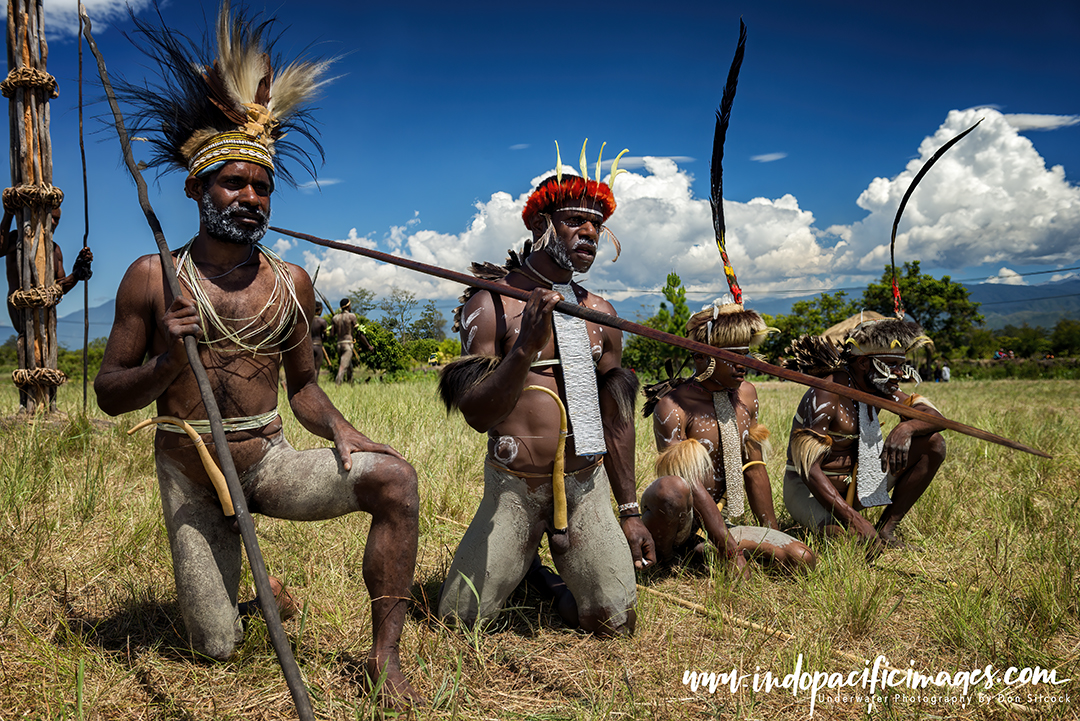
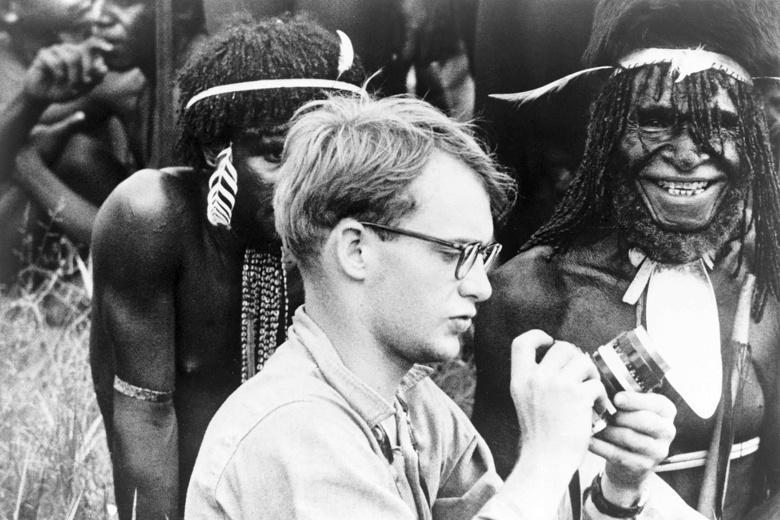
Similarly there are the Asmat people, who live in the mangrove and swamp areas in the south-west part of the province.
The Asmat are renowned for two things… Their excellent carving skills and the disappearance of Michael Rockerfeller in 1961.
Michael Rockerfeller was the 22-year old son of the then Governor of New York State Nelson Rockerfeller. He was participating in an expedition to collect Asmat carvings and sculptures for the Museum of Primitive Art in Manhattan.
And was traveling in a catamaran constructed from two canoes. Which is believed to have capsized in rough seas – forcing Rockerfeller to swim ashore.
Although never proven, it is widely believed that Michael Rockerfeller was captured and eaten by the Asmat.
Understanding West Papua: Colonialism
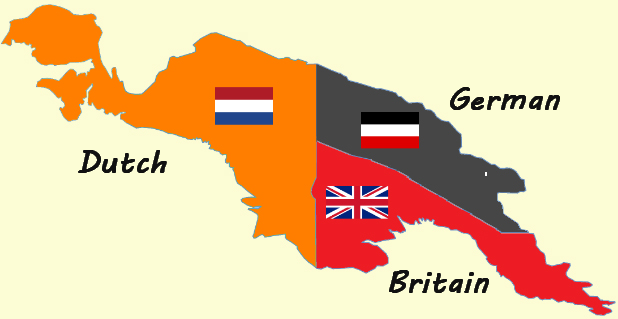
The partitioning of New Guinea island was a classic example of the European colonialism that controlled SE Asia from the 1500’s through to the end of WWII.
The western half (the current West Papua) “belonged” to Holland and was known as Dutch New Guinea. While the eastern half was split 50/50 between Germany who had the northern quarter. And Great Britain with the southern quarter.
From the end of WWII, the people of the Dutch East Indies colonies fought a 4 year struggle against the Dutch for independence.
Which eventually succeeded in 1949 when the Republic of Indonesia was created under the mercurial President Sukarno.
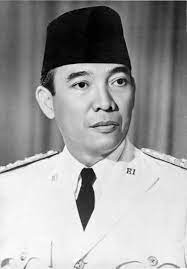
The Dutch however retained the western half of New Guinea, much to Sukarno’s ire…
It seems the Dutch did this so that they could retain the territory as a sphere of influence in the region. And, by developing the area and emancipating the Papuan population, vindicate themselves as a responsible colonial power.
They demonstrated their intentions by sending some 5000 Dutch teachers to educate the population (pity they had not thought of that before…) and by taking various other steps to prepare the area for independence as separate country.
Understanding West Papua: Politics…
Indonesia however saw the western half of New Guinea as an integral part of its territory. The whole issue, exacerbated by the Dutch plans for independence, became an important factor in the rapid decline in relations between them and their former colonial rulers.
Then in December 1961, Sukarno authorized an attempt to invade the region. Resulting in skirmishes between the Indonesian and Dutch forces.
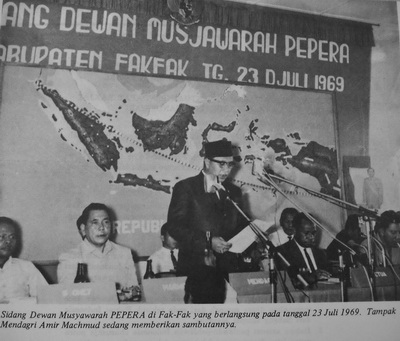
An agreement was eventually reached and the territory was placed under United Nations administration in October 1962 and formerly transferred to Indonesia in May 1963.
In 1969 the Indonesian Government conducted an event termed the Act of Free Choice. Based on the SE Asian principle of musyawarah. Where, after a prolonged discussion, a consensus is reached .
The Act of Free Choice used 1,054 Papuan “elders”. All of which were selected by the Indonesian side.
After those protracted discussions they voted on whether they wanted independence. Or to be become the 26th province of Indonesia.
Administered as it was by the Indonesian military, it is not that surprising that all the elders voted unanimously to join Indonesia…
Since 1969 the separatist Free Papua Movement (OPM) has engaged in a small-scale conflict with the Indonesian military. With periodic eruptions of violence and rioting.
West Papua Transmigration (Transmigrasi…)
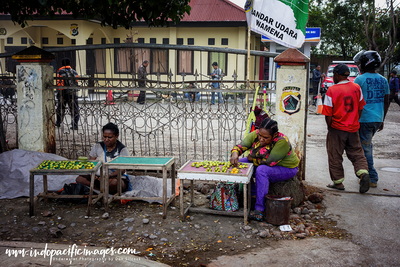
A key point in understand West Papia is transmigration. A policy that was initiated by the Dutch colonial government. Then, after independence was achieved, it was adopted by the Indonesian government under President Sukarno.
The original intent of transmigration was to try and distribute the large population of Indonesia more evenly across the vast archipelago. So that it was not as concentrated in Java and, to a lesser degree, Bali.
For the Dutch, the driving force was more to ensure they had workers for their plantations in areas like Sumatra and Borneo.
Whereas Sukarno saw it as a way to dilute local (and restive…) ethnic populations such as the one in West Papua.
Although actual numbers are not public domain knowledge. It is widely believed that over a million transmigrants are resident in West Papua. Almost all of which have ended up either running small business. Or are in better paid and more responsible roles. All of which further aggravates the lingering resentment of the native Papuans.
